Advent calendars: What they are and where they come from
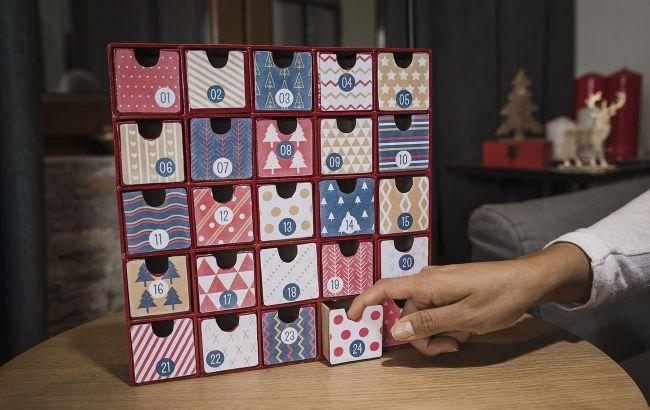 Illustrative photo (Freepik)
Illustrative photo (Freepik)
There are countless varieties of calendars in the world. They can differ in form, purpose, or timekeeping system. However, not everyone is familiar with advent calendars.
Here you will find out all about advent calendars, their origin, and functionality.
Sources used: Christianity.com, Guide Posts, and Wikipedia.
What is an advent calendar?
The advent calendar (from German - Adventskalender) also has another well-known name - the Christmas calendar. Such calendars have long gained popularity in many European countries, and the West.
Advent marks the beginning of the Christmas season, traditionally starting four weeks before Christmas.
Therefore, an advent calendar essentially shows the time remaining until Christmas.
According to tradition, it can be a card or a cardboard house with windows that open and hide a small candy, cookie, gift, note with a wish, or task. Christian families may put Bible verses in there.
Additionally, advent calendars can take the form of boxes, bags, pouches, or folds hanging on a ribbon, etc.
The Christmas calendar usually starts on the first of the four Sundays before Christmas and ends on Christmas Eve.
You can purchase it ready-made (themed, branded) or make it yourself.

Cardboard advent calendar (photo: Wikipedia)
Origin
The earliest mentions of Christmas calendars date back to the first half of the 19th century. It is believed that followers of the Lutheran Church in Germany were the first to use such festive attributes.
At that time, they were simply chalk marks on the wall or door made against the backdrop of a lit festive candle. Later, those who could afford it began hanging various religious images in their homes every day until Christmas.
Some researchers claim that the first wooden advent calendar (handcrafted by a master) was created in 1851.
The practice of using such calendars later spread to German-speaking countries - Austria and some regions of Switzerland.
The first printed advent calendar is considered to be the Christmas Clock, printed in the early 20th century in a bookstore in Hamburg, Germany.
In 1904, the Stuttgart newspaper Neues Tagblatt added an advent calendar insert as a gift to its readers.
Four years later, in 1908, printer Gerhard Lang made a special cardboard calendar with inserts (small pictures) that could be attached to the calendar - one for each day until Christmas. It is believed that the idea for this creation came from his mother, who gave her children one treat per day in the last weeks before Christmas.
Over time, advent calendars gained popularity throughout Europe and the United States. Some use them to count down to Christmas, while others count down to New Year's.
These calendars are mainly addressed to children, although there are also adult versions.
Types of advent calendars
Christmas calendars have been and can be completely different in form, content, or material.
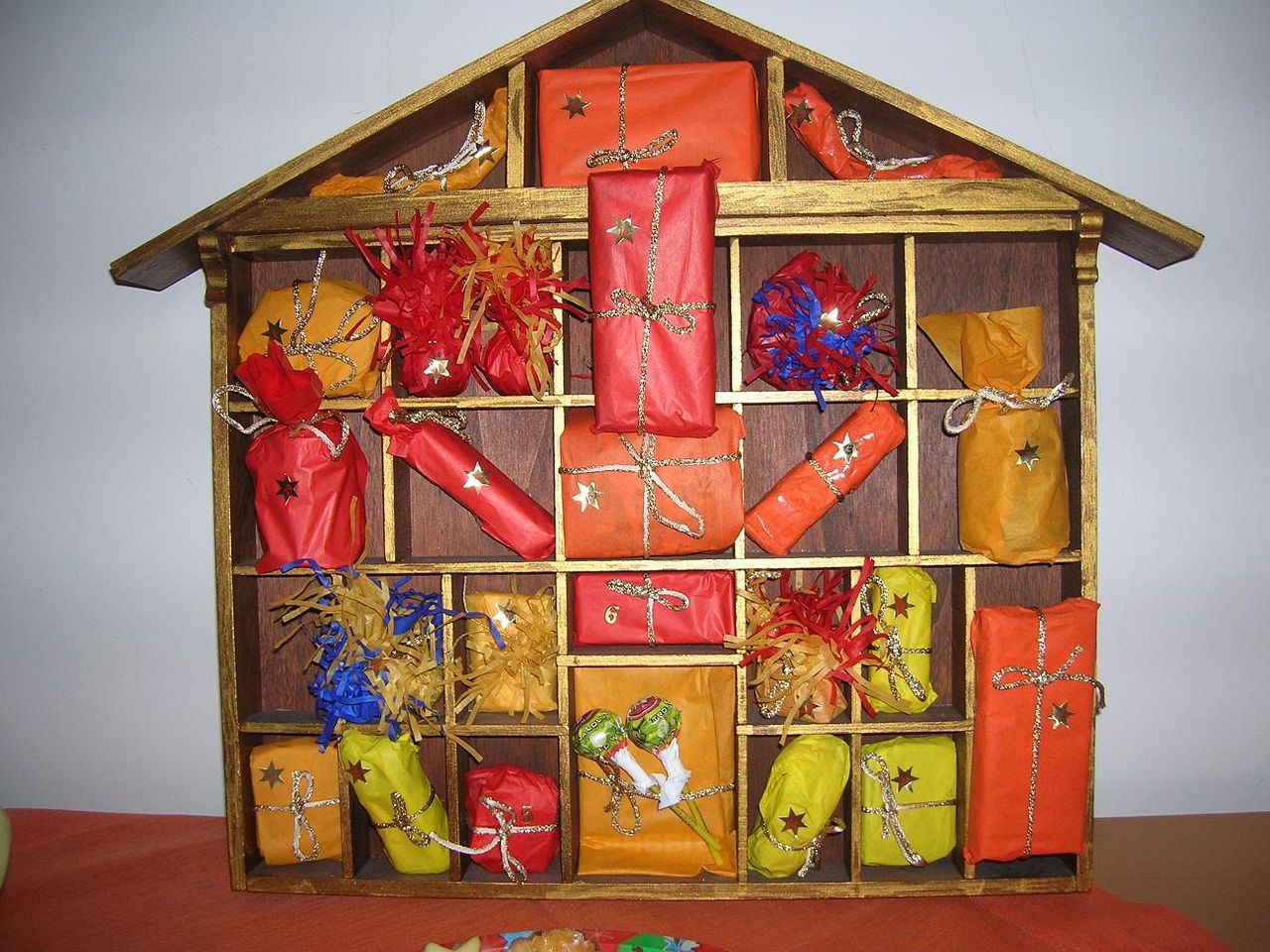
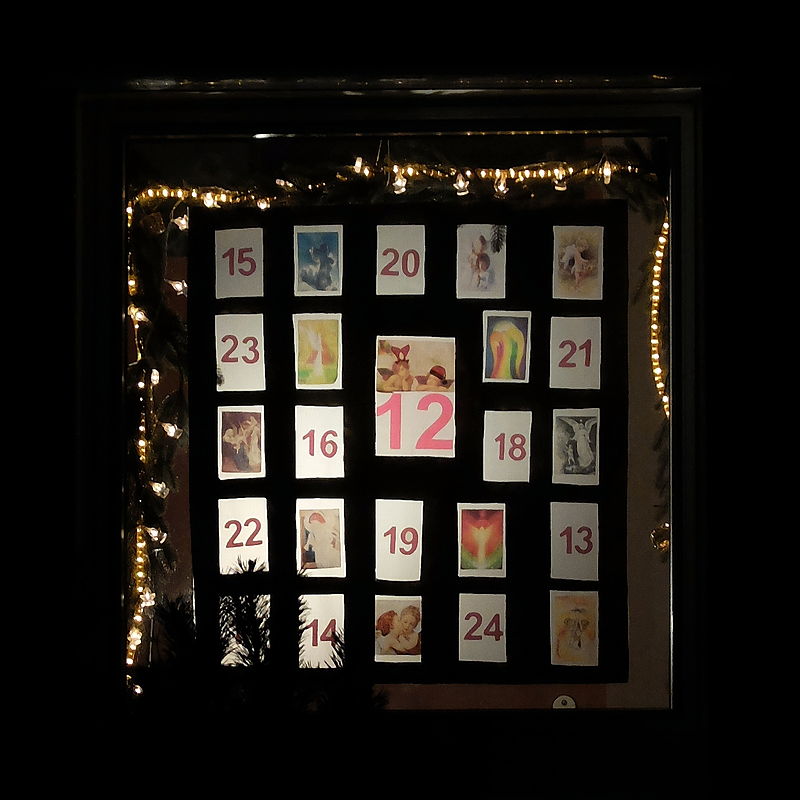
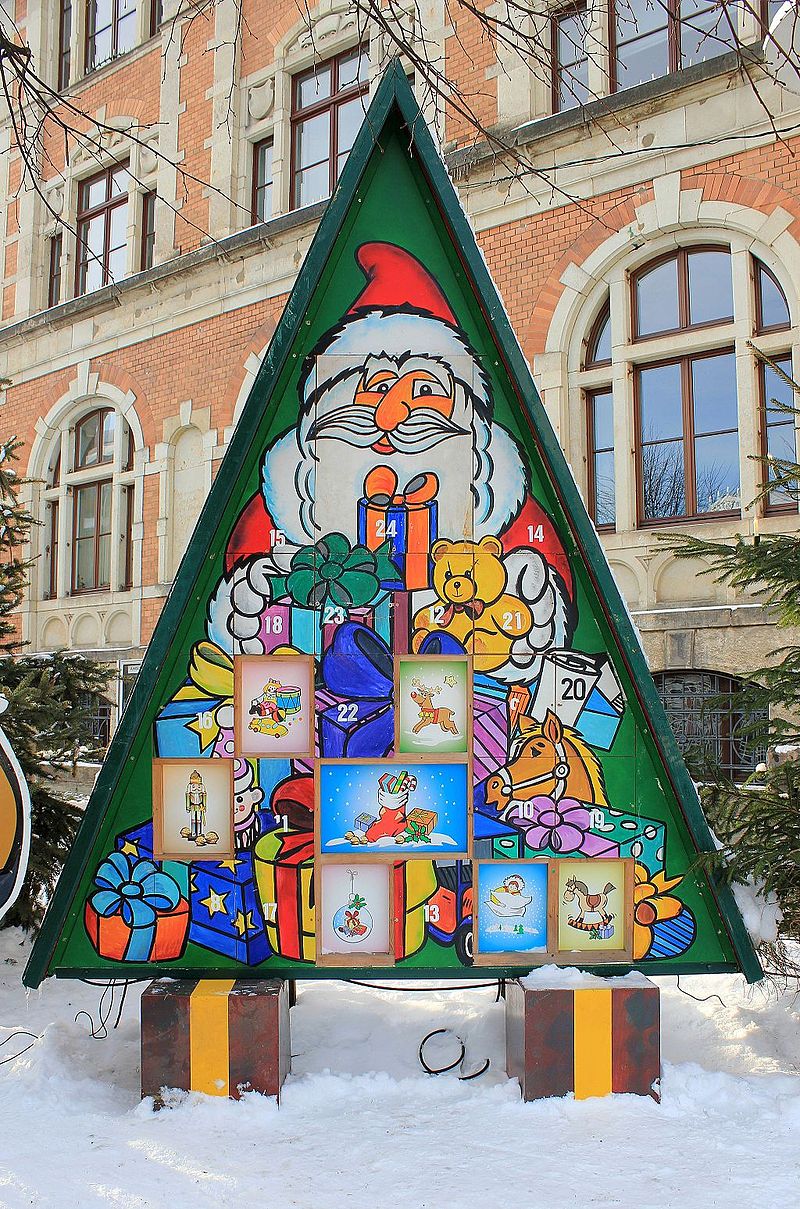
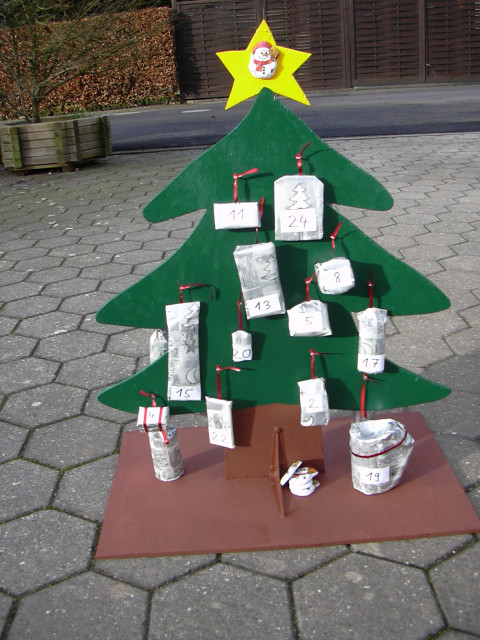

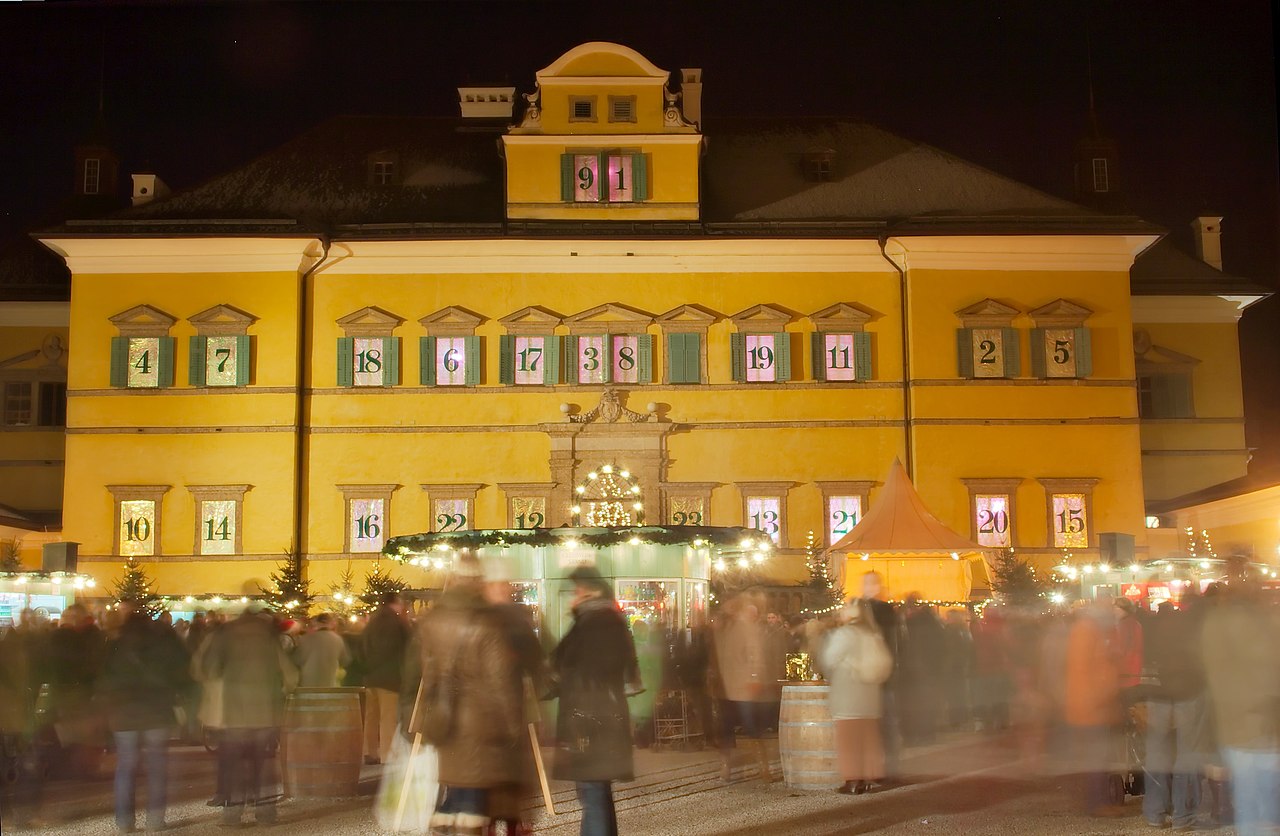 Christmas calendars can be completely different, even 'alive' (photo: Wikipedia)
Christmas calendars can be completely different, even 'alive' (photo: Wikipedia)
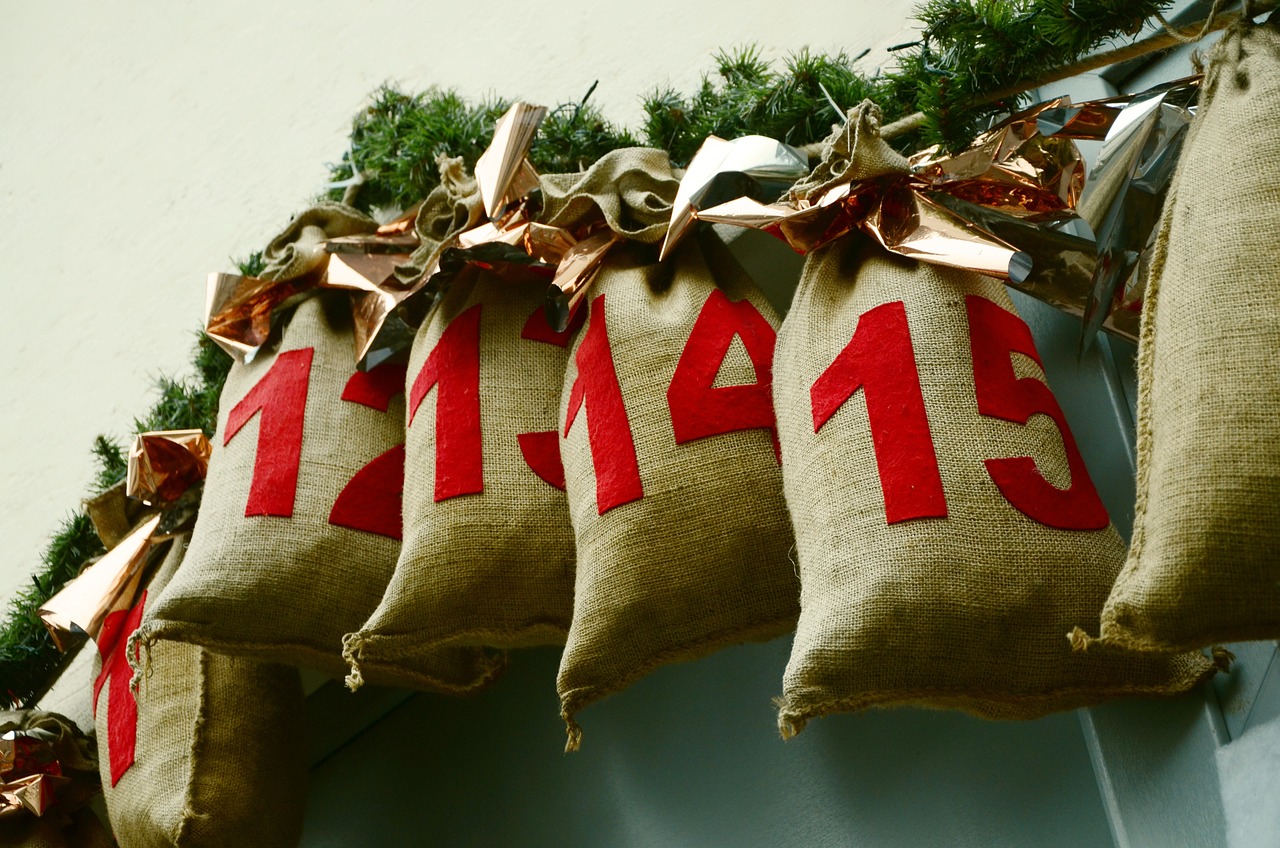
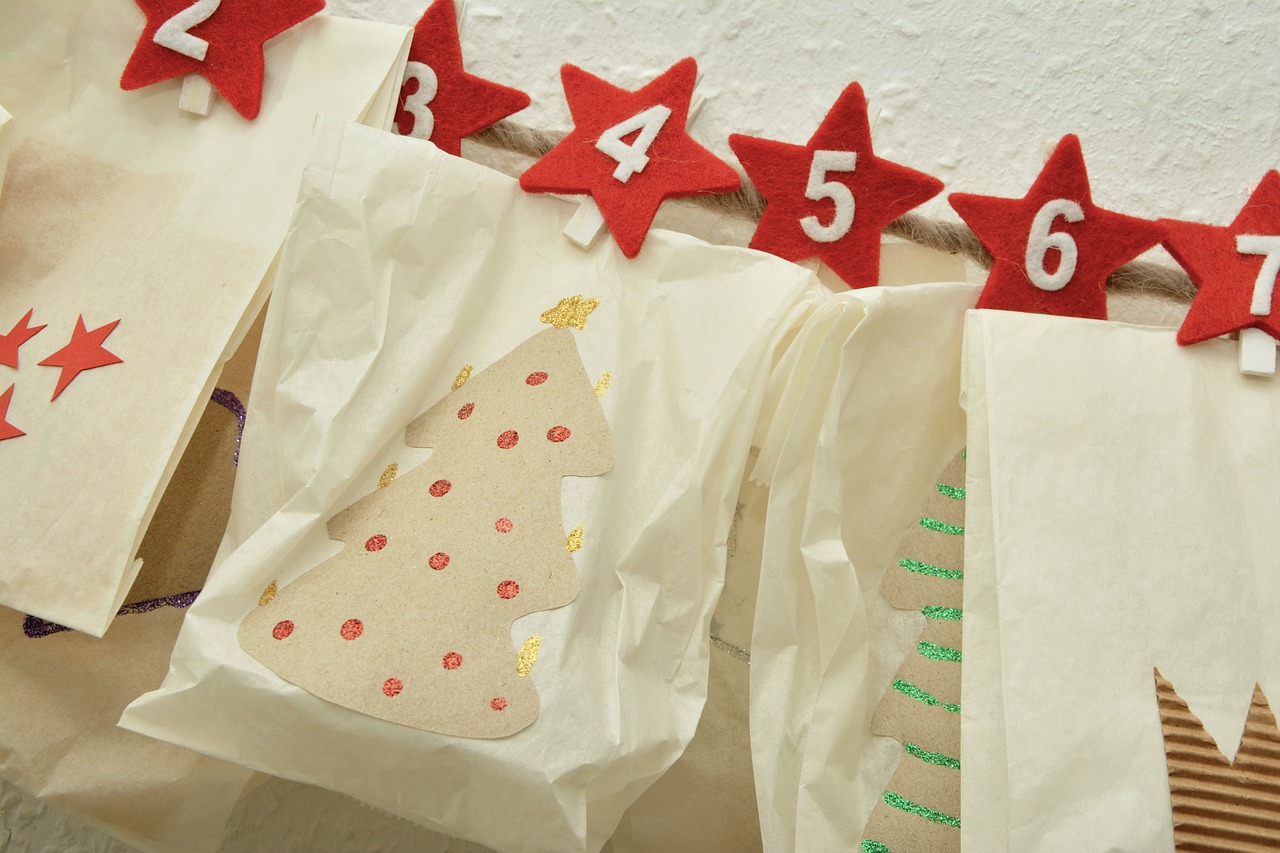

 Such calendars can be bought or made by oneself (illustrative photo: Pixabay)
Such calendars can be bought or made by oneself (illustrative photo: Pixabay)
Finally, there are now advent calendars that are in no way related to Christmas or New Year's celebrations. Instead, they count down to other important dates or holidays.
Read also about what to wear for the New Year 2024 party - what colors will bring happiness and success.

